Exhibitions
Now open
Shingo Iguchi: Like Tears in the Rain
Aug.28(Thu)→Sep.3(Wed)
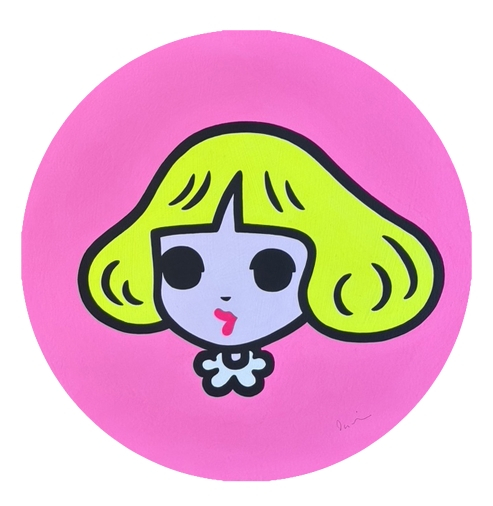 "Rose Head Round30(Yellow) pink background"
"Rose Head Round30(Yellow) pink background"Φ30cm
Acrylic on canvas
2025
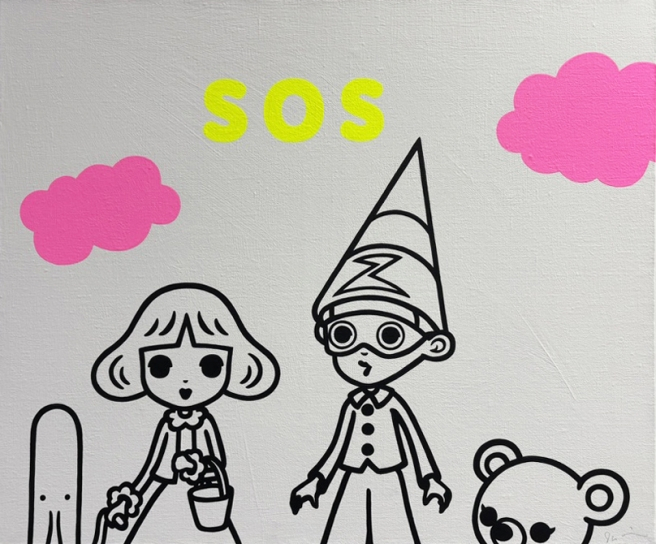 "When you look at them, they also look at you"
"When you look at them, they also look at you"F20号(72.7×60.6cm)
Acrylic on canvas
2025
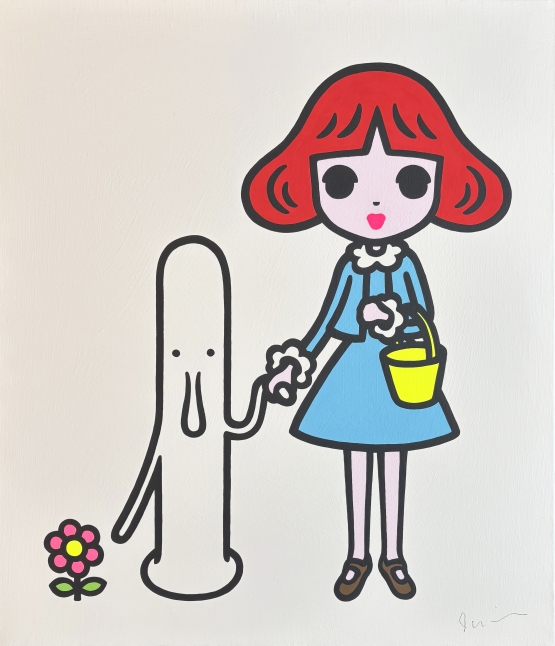 "On an invisible road"
"On an invisible road"53×45.5cm
Acrylic on canvas
2025
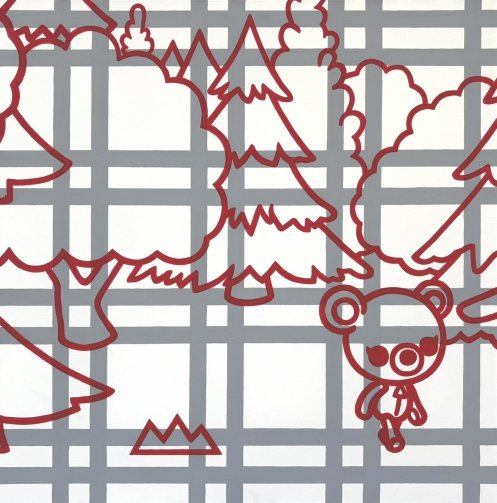 "Parallel forest"
"Parallel forest"80.3×80.3cm
Acrylic on canvas
2024
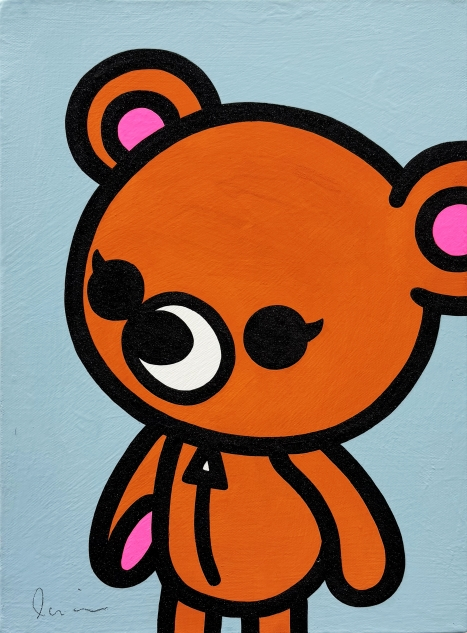 "The future is a memory (Baby blue)"
"The future is a memory (Baby blue)"F4(33.3×24.2cm)
Acrylic, 岩絵具 on canvas
2024
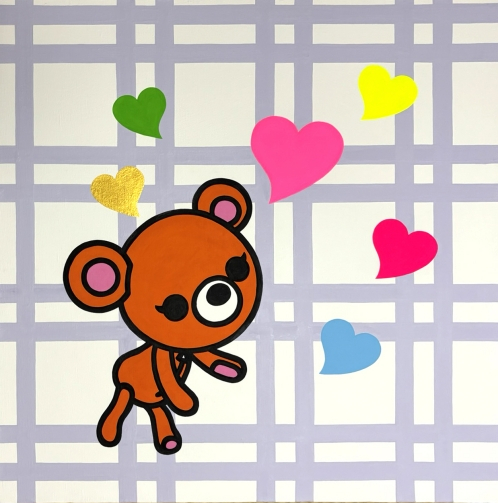 "Six Hearts on a Metaframe"
"Six Hearts on a Metaframe"60.6×60.6cm
Acrylic on canvas
2024
The character Rose-chan, who appears in Shingo Iguchi's works, transcends the bounds of the visual world and prompts us to think about the philosophy behind the act of "seeing." Through a focus on the things we cannot see which lie behind the things that we can, he encourages the viewer to meditate on the relationship between the self who sees and the self who is seen by others. His works for this exhibition, which utilize exquisite means of visual expression, touch on the ambiguity of memories and existence while providing opportunities to explore more profoundly the depths of "seeing."
★For inquiries regarding works, click here
🔶Shingo Iguchi
Born in Hiroshima Prefecture in 1957.
Contemporary art artist, manga artist, picture book author, novelist.
In 1984, published the manga "Z CHAN."
Started a series of creative activities based on "Z CHAN" called "Z PLAN."
Exhibitions:
1998: "The Era of Manga" at the Museum of Contemporary Art Tokyo and Hiroshima Museum of Contemporary Art (until 1999)
2010: "Commemorative Print Exhibition for the Shanghai Expo" at the Shanghai Expo site, China
2021: "The World of Z CHAN" at Yachiyo Hill Museum of Art, Hiroshima
2023: "Z 2023 4" at 99 Hualian Special, Tokyo
"Colors, Shapes, and the Invisible World" at Shun Art Gallery, Shanghai, China
"ART021 SHANGHAI CONTEMPORARY ART FAIR" in Shanghai, China
2024: "Forty Love (40-0) LOVE GAME" by Shingo Iguchi at Ginza Mitsukoshi, Tokyo
2025: "The World with Rose-chan and Banroff" at Kobe Hankyu, Kobe
"Z CHAN 40th Anniversary" at G Gallery, Hiroshima
"ROSE LOTUS" exhibition, among others, numerous solo and group exhibitions, domestic and international art fairs.
In 2024, twelve works by the artist were purchased by a museum in Shanghai, China.
Selected publications:
"Z CHAN Rose" (Seirindo, 1992)
"Revised Edition: Z CHAN Lotus" (Seirindo Kogei, 2007)
"Banroff’s Honey" (Gakken, 2001)
"Banroff’s Tulip" (Gakken, 2005)
"VANROGH’s HONEY" (Rokuyosha, 2013)
"Z-chan Wall Hole" (Birikensha, 1999)
"To You Who Became a First Grader" by Kaori Ekuni (Shogakukan, 2011), among many others.

